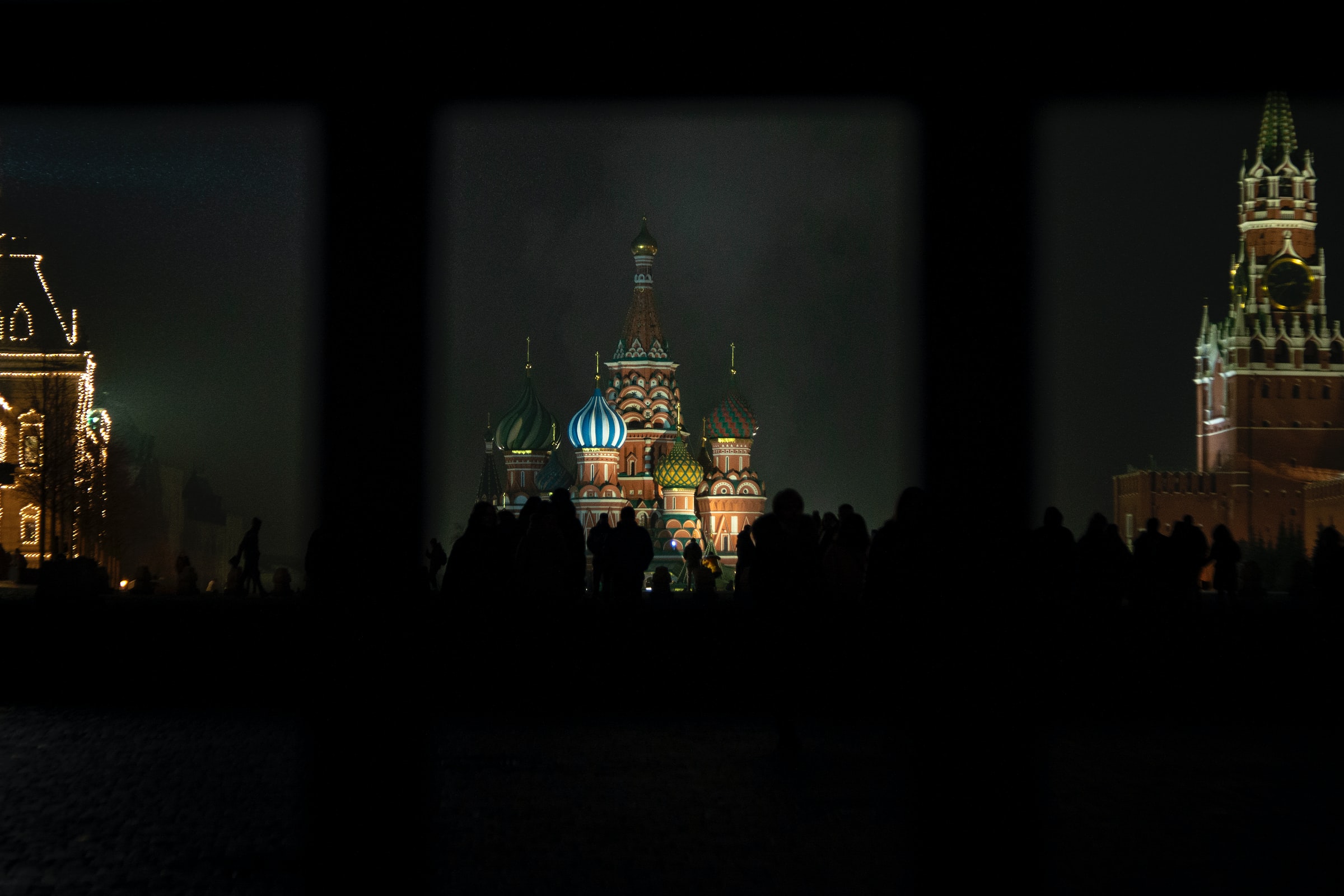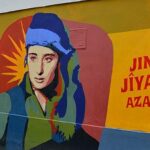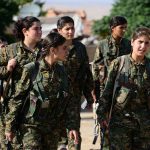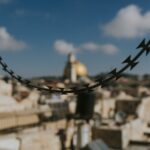War has returned to Europe. The Russian invasion of Ukraine is the biggest military operation on the continent since 1945. How did we get here? In this article, part of the historical background of the Russian aggression will be discussed, as well as some of the underlying ideological assumptions possibly motivating aggression.
The Primakov loop
On March 24th, 1999, Russian Prime Minister Yevgeny Primakov was on his way to Washington when he received word that NATO had begun bombings of Yugoslavia. The Prime Minister immediately ordered the plane to turn around. That NATO proceeded with the bombings without at least waiting a few hours for the Russian Prime Minister to arrive in Washington to be consulted sent a stark message to Russia.
Primakov is usually credited with being the originator of the idea of a multipolar world order in Russia. By turning back to Russia, Primakov expressed deep dissatisfaction with the unipolar world order revolving around the United States. This action also stood in clear contrast to the friendly behavior towards the West that was otherwise typical during the Yeltsin era. The event would prove formative for Russian self-perception, leading some commentators to argue that Primakov turned Russia itself around.
1999 was also the year in which Vladimir Putin succeeded Yeltsin, and the bombings of Yugoslavia seem to have had a decisive influence on Putin’s worldview. Many years later, a journalist asked Putin if recent Russian interventions in Ukraine and Syria were the reason for Russia’s declining relations with the United States. Putin responded that this was not the case and that the deteriorating relationship was due to the bombings of Yugoslavia.
Russia under Putin
But we are getting ahead of ourselves. Back in 1999, Putin came into power when he was still relatively unknown to the Western powers. The dissolution of the Soviet Union and the following integration of its constituent republics into global capitalism had devastating consequences. In Russia, as well as in former Soviet republics such as Ukraine, the 1990s meant a rise of a new oligarch class and of new forms of institutionalized corruption. After a decade of economic and political crisis, leading to a sharp decline in life expectancy and quality of life, many Russians welcomed the former KGB officer’s vision of building a strong state – even if this meant getting rid of some restrictions on presidential power. Just a few weeks after becoming acting president, Putin became even more popular by launching the second war in Chechnya.
The war carried on for many years, and there were clear similarities between the war in Chechnya and the U.S. “war on terror”. Russia used “shock and awe” tactics, and refused to negotiate with any resistance groups, treating them as terrorists. Russian troops committed numerous human rights violations, including cases of torture, massacres, and other indiscriminate killings of civilians. At the same time, Bill Clinton, Tony Blair, and George Bush all applauded Russia’s efforts in “rooting out terrorism” in Chechnya. While Putin was already working towards restoring Russia as a great power, relations with the West were thus not as bad as they would soon become.
During the 1990s and early 2000s, nearly every former member of the Warsaw pact joined NATO. This rapid expansion of the alliance was possible because Russia was too weak to do much about it. Russia repeatedly protested against the eastward expansion of NATO. The view that NATO, after the dissolution of the Soviet Union, promised not to pursue such expansion was, and is, still widely held in Russia.
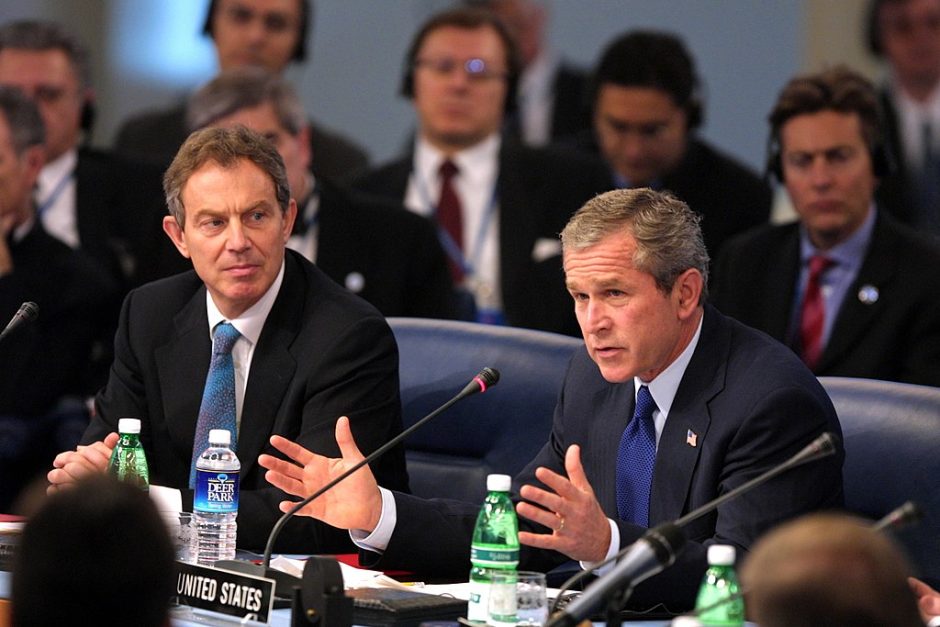
But even then, Ukraine and Georgia were left out of NATO, as including these close neighbors of Russia would be seen as too great a provocation. In 2008 however, President Bush at a speech in Kyiv argued that both Ukraine and Georgia should be allowed to become members. This led to furious reactions from Russia. A couple of months later the Kremlin used the conflict between South Ossetian separatists and Georgia as a pretext for attacking Georgia. Then followed the Russian attack on Ukraine in 2014, after the Maidan Revolution, as well as Russian intervention in Syria.
The Russian invasion of Ukraine is of a very different nature compared to the previous military interventions mentioned above. In the previous cases, Putin took advantage of pre-existing armed conflicts to further Russian interests in the particular countries. The war of 2022 is on the other hand solely and unambiguously a consequence of Russian aggression. The war has already had dire economic consequences for Russia and may contribute to more countries applying for NATO membership.
So why did Russia attack, despite this seeming to be in contradiction with Russian interests?
Shadows of Mackinder and Spykman
One part of the explanation is to be found in the imperial ambitions of the ruling Russian elite. The idea of Russia as a great power is intertwined with a number of related ideas. One such idea that seems particularly persistent in shaping the actions of Russia, as well as those of the United States, dates back to the early 20th century. Namely, Halford Mackinder’s idea of a Eurasian “Heartland” driving historical change.
According to Mackinder, geography and not economy is the decisive factor of historical development. European civilization was formed by outside pressures, by the threats of conquests from the peoples living in the center of the Eurasian continent. This Eurasian Heartland has geopolitical significance as it is inaccessible to sea-faring vessels, but capable of sustaining large populations and providing favorable conditions for dominating surrounding regions.
In Mackinder’s view, the power dominating the Heartland dominates the world. Mackinder also argued that Eastern Europe acts as a key to the Heartland, meaning that control over Eastern Europe is closely related to control over the Heartland. The idea of a Eurasian Heartland is a leading motive in contemporary Russian nationalism, particularly for so-called “Eurasianism”. The Heartland thesis contributes to giving impetus to the forces in Russia pursuing imperial ambitions.
In the middle of the 20th century, facing a geopolitical situation in which the Soviet Union dominated Eastern Europe, American political scientist Nicholas Spykman revised Mackinder’s Heartland thesis. According to Spykman, the coastal areas of Eurasia, called the “Rimland” by Spykman, developed because of their own inner logic, not because of pressure from the Heartland. In Spykman’s view, the Rimland is the driving force of history. It is the coastal regions of Europe and Asia that are key to world domination, not the Heartland.
Spykman’s ideas would prove influential in forming the U.S. policy of “containment” of the Soviet Union and Communism during the Cold War. This idea could also help explain why Russia fears NATO encirclement, as well as why NATO is ceaselessly increasing its presence in regions bordering Russia.
Russian dissident Greg Yudin recently argued that the Kremlin’s view of Ukraine is that the invasion was to be now or never. Ukraine has increased its military cooperation with Nato countries during recent years. While Russia is relatively isolated internationally, NATO has doubled in size since Putin became president in 1999.
Putin’s aggressive behavior is partly explained by revanchism, and also by a deeply felt conviction that Russia is destined to have a place among the great powers of the world.
At the same time, Putin is facing multiple problems domestically, both due to Russia’s faltering economy and due to the harrowing effects of the Covid pandemic on Russian society. The Russian government fears the threat of revolution, as shown by its stance towards the recent popular uprisings in Belarus and Kazakhstan, the latter of which was crushed through Russian military intervention.
Roots of aggression and revolution
Russia bears sole responsibility for the present war in Ukraine. The authoritarian nationalist government of Putin is a product of a system supported by Western powers, the system established after the dissolution of the Soviet Union. Putin’s aggressive behavior is partly explained by revanchism, and also by a deeply felt conviction that Russia is destined to have a place among the great powers of the world. The present situation in Russia has been shaped by decades of failed politics. Internationally, by escalating tensions between Russia and NATO, and domestically, by the failure of the authoritarian system to produce solutions to the crises facing Russian society.
Today, the system is unable to hide its cracks. Brave people all over Russia are taking to the streets to protest the war despite the enormous weight of state repression. Here lies the fundamental weakness of the Russian regime. The peace movement is growing in a climate still tempered by the wave of protests against Putin last spring, which gained countrywide extent. Even though the present movement may get crushed, new ones will follow. The regime creates nothing and has nothing to offer but misery and murder. The protest movement creates history.
Presently, the supporters of Putin can drench the voices of the peace movement in war propaganda. Nevertheless, the regime is running out of time, and the economic and human costs of the war may accelerate the process of ever greater segments of the population dissenting. Revolution can and will happen.
Johannes Malmgren
Johannes Malmgren holds a Master of Science in Media and Communication with specialization in political communication.

